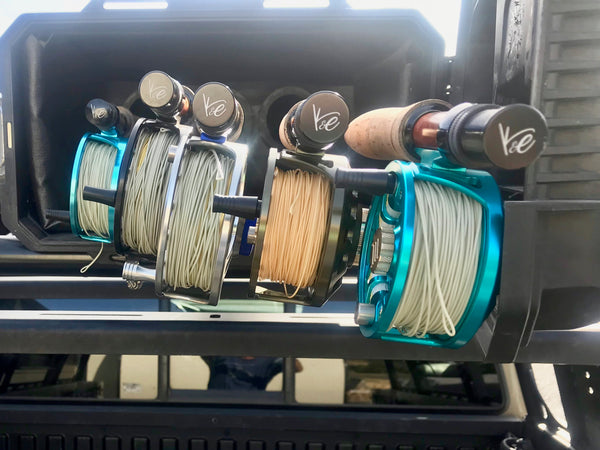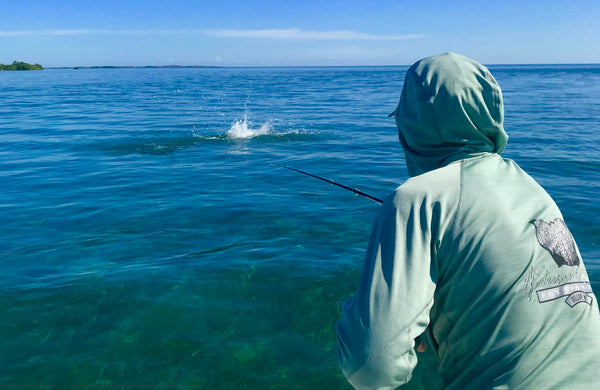6 Ways to Use Your Fly Fishing Hemostat

The Fly Fishing Hemostat, also known as a fly fishing clamp or sometimes fly fishing pliers, is easily one of the most essential pieces of equipment that you can have with you on a day on the water. But if you are new to the pursuit you might question why this is. So we thought we would share the various ways that we have used them over the years. In fact, we put the list together in the order we typically use our fly fishing hemostats for a typical day on the water.
- Barb Pinching: We always fish barbless hooks for freshwater species. Most hooks come with a barb. Even hand tied flies often have the barb still on them. We use the smooth surface of our fly fishing forceps to pinch down the barb on the flies we plan to take that day.
- Fly Organization: Once the flies are barbless we use the hemostats to place the smaller flies into the fly boxes. If you got fat fingers like we do, this makes the job much easier.
- Knot Tying: When it comes time to set up your tippet and leader or even attach the fly, we use the closed end of the hemostat to help tie some of our knots. For example: Clinch Knot, Tippet Knot, or Triple Surgeon's Knot. Here is a helpful video on how to do this.
- Hook Straightening: Usually if a hook on a fly that I am using straightens out or gets bent, I'll replace it. But sometimes the heat is on or maybe it's the last fly I have in a pattern that is kicking butt. If that's the case, then my trusty hemostats save the day by reshaping the hook to it's former self.
- Catch & Release: This is where a fly fishing clamp really shines. When it comes to catch and release done the right way, removing the hook from a fishes lip as gently as possible is a critical step, especially if you are fishing larger flies like streamers. The hemostat is simply the best method for getting this done quickly.
- Errant Fly Extraction: Even the best anglers will eventually hook themselves. Wind, bad casts, and jumping fish that toss flies all put us at risk. If/when it happens. You probably won't want to end your day of fishing to run to the emergency room. If your hook is barbless it's easier. But either way is almost impossible without a good hemostat. Here is how to do that.
One more thing. Don't overpay for a fly fishing hemostat. There is simply no need. If you find yourself in need of one, check out our Hemostat from the the Essential Tools Collection.
Thanks for stopping by and "See you on the Water"!
Also in News

Unlocking the Secrets of Fly Rod Weights: A Comprehensive Guide
...Step up to the mid-weight champions of the fly fishing realm. 3-5 weight fly rods strike a balance between finesse and power, making them ideal for a wide range of fishing situations. The 5 weight would be considered the "daily driver" of fly....
Fly Fishing Tapered Leader Size Chart
| 2X | 10.0 lb |
| 3X | 8.2 lb |
| 4X | 6.4 lb |
| 5X | 5.0 lb |
| 6X | 3.4 lb |


